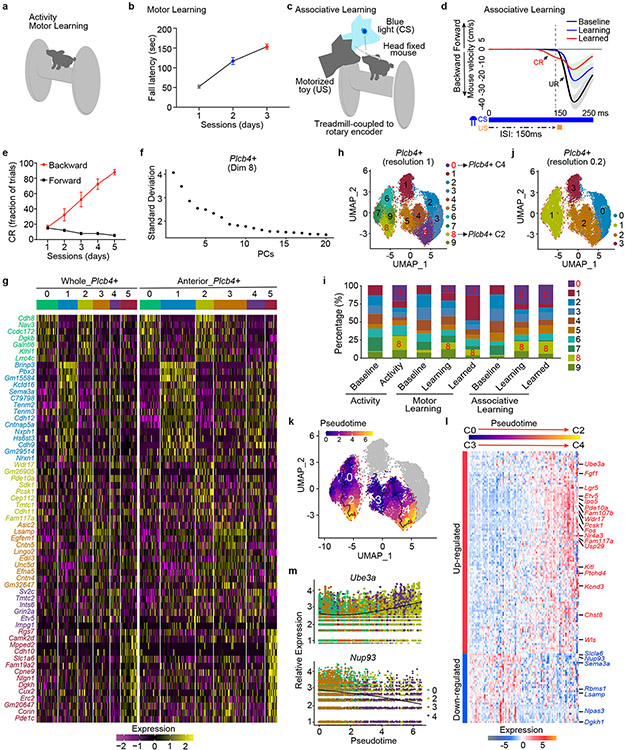Extended Data Figure 5. Plcb4+ Purkinje neurons undergo transcriptomic plasticity upon exposure to activity and learning experiences.
a, Schematic representation of the training paradigms for activity and motor learning. b, Cerebellar motor learning paradigm was performed on Pcp2-cre/sun1fl/wt mice. Data are presented as mean ± s.e.m. n=9 mice. c, Schematic representation of the delay tactile startle conditioning training paradigm for associative motor learning. CS, conditional stimuli with blue light; US, unconditional stimuli with a motorized toy. d, e, Cerebellar associative motor learning paradigm was performed on Pcp2-cre/sun1fl/wt mice. Data are presented as mean ± s.e.m. n=11 mice. f, ElbowPlot showing the ordered standard deviations of principal components (PCs) for identification of significant dimension that begins to plateau. Dim 8 was chosen at the standard deviations of 2. g, Heat map showing the representative marker genes of each cluster of Plcb4+ Purkinje neurons isolated from the whole cerebellum or anterior vermis lobules. Expression values are presented as normalized Z-scores. h, 22,205 Plcb4+ Purkinje nuclei isolated from the whole cerebellum or anterior lobules under control, activity, motor learning or associative learning conditions were grouped into 10 clusters based on marker gene expression with cluster resolution of 1.0. i, Bar plot showing the percentages of all 10 clusters with cluster resolution at 1.0 under different conditions described in h. j, 22,205 Plcb4+ Purkinje nuclei isolated from the whole cerebellum or anterior lobules under control, activity, motor learning or associative learning conditions were grouped into 4 clusters based on marker gene expression with cluster resolution of 0.2. k, Monocle analysis showing C3/C4 and C0/C2 were clearly demarcated into two major paths: C4 derived from C3 and C2 derived from C0. l, 103 upregulated genes along the pseudo-time course referring to activity/learning-linked genes in C2/C4 and 26 downregulated genes linked with C0/C3 were identified, respectively. m, Dynamic expression changes of C2/C4 representative gene, Ube3a, and C0/C3 representative gene, Nup93, along the pseudo-time course.

